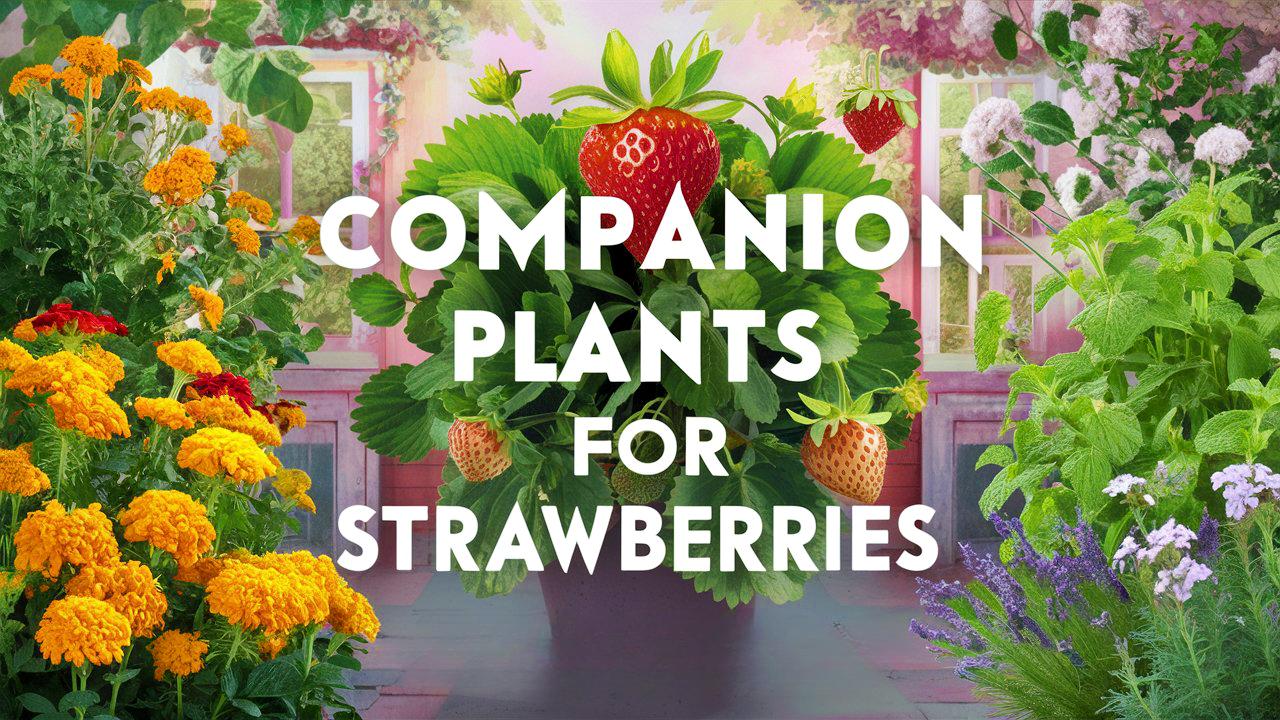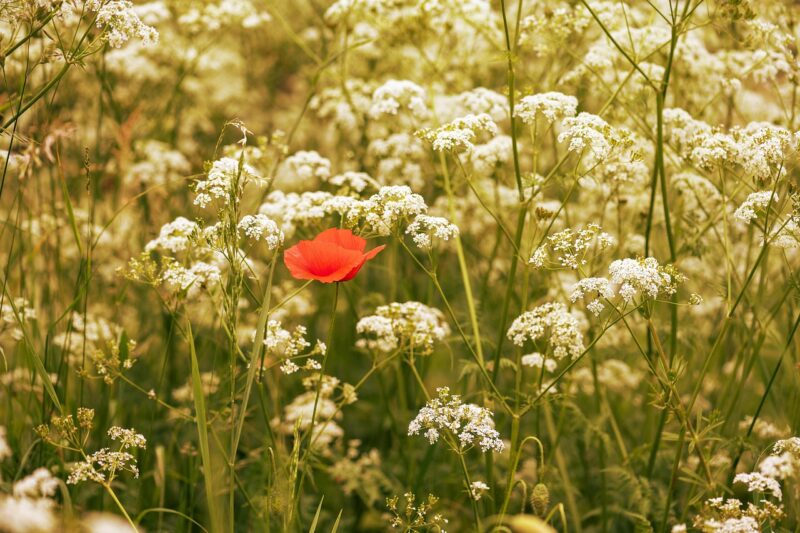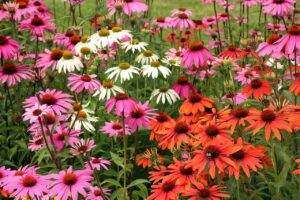Strawberries are beloved for their delectable flavor and versatility, thriving in a variety of settings, from home gardens to commercial fields. However, the mere presence of the strawberry plant does not guarantee a bountiful harvest; companion planting can significantly enhance their growth and productivity.
Companion planting involves strategically selecting plants that can benefit one another through pest deterrence, nutrient enhancement, or improved growth conditions. Below, we will dig into the world of companion plants for strawberries, detailing floral, herbal, and vegetable companions, and highlighting plants to avoid.
Flower Strawberry Companions
Flowering plants serve multiple roles in the garden, such as attracting beneficial insects, disguising strawberry plants from pests, and enhancing biodiversity. Here are some of the best flowering companions for strawberries:
Sweet Alyssum
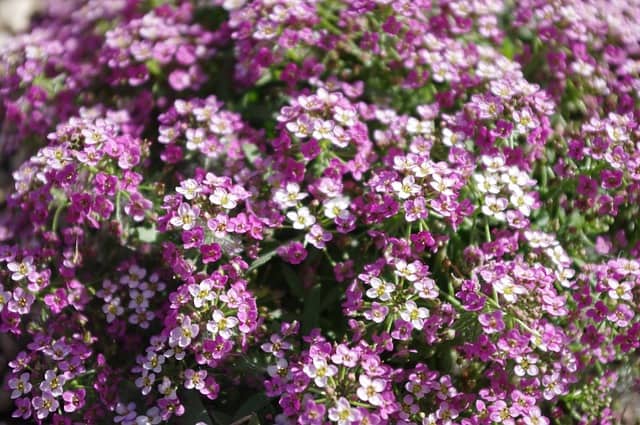
Sweet Alyssum is a charming flowering plant that serves as an excellent companion for strawberries. It produces small white or purple flowers that are highly attractive to beneficial insects, particularly hoverflies, which help control aphid populations. The low-growing nature of Sweet Alyssum also provides ground cover, reducing weed pressure around strawberry plants and maintaining soil moisture.
Yarrow
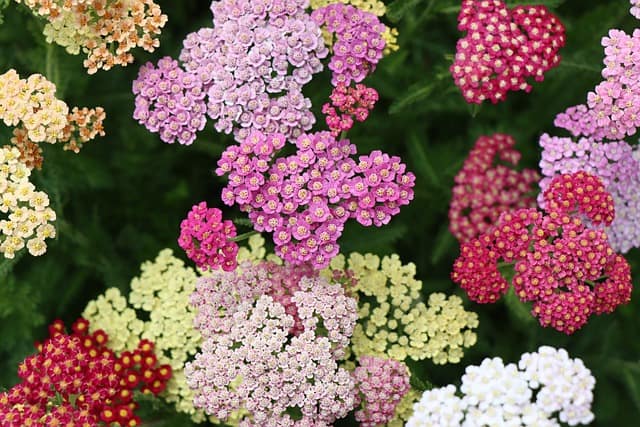
Yarrow is a perennial herb known for its vibrant white, yellow, or pink flowers. It is excellent at attracting predatory insects, such as ladybugs and lacewings, which feast on aphids and other pests that threaten strawberries. Additionally, yarrow can improve the soil structure by attracting earthworms, enhancing nutrient availability. Its drought-tolerant nature makes it suitable for various climates, further contributing to a healthy companion planting environment.
French Marigold
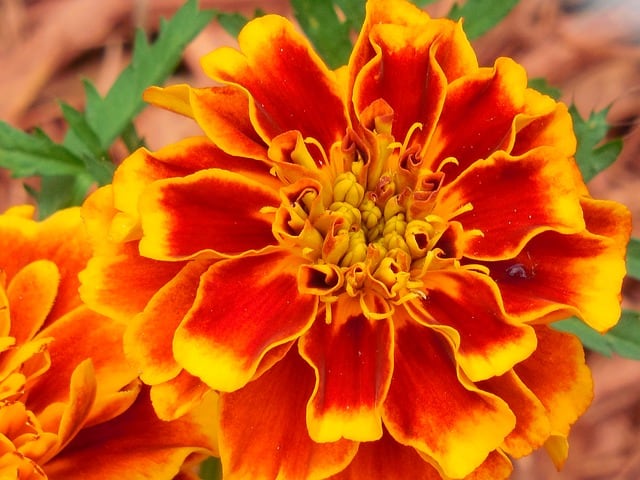
French Marigolds are well-documented allies in the garden due to their pest-repelling properties. The distinct aroma of marigold flowers—especially from the variety Tagetes patula—can deter nematodes and other harmful insects. Planting these bright flowers near strawberries can create a protective barrier while adding vibrant color. Moreover, marigolds can attract pollinators, enhancing strawberry flower fertilization.
Borage

Borage is an annual herb known for its hairy leaves and striking blue star-shaped flowers. It is a magnet for pollinators like bees, vital for strawberry yield. Borage also helps improve soil health by accumulating nutrients; its deep taproot can break up compact soil layers and bring minerals closer to the surface. Additionally, borage is thought to deter pests like the tomato hornworm, making it a multifaceted companion.
Phacelia
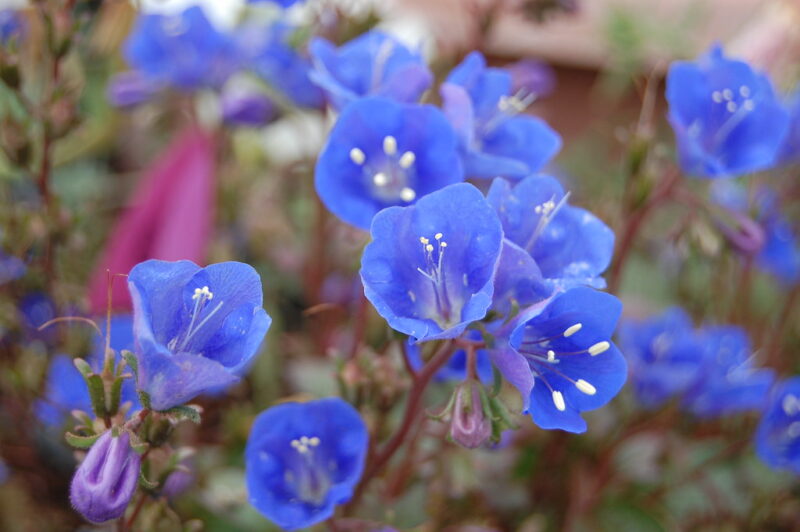
Phacelia is another remarkable flowering plant that works harmoniously with strawberries. Often used as a cover crop, it blooms with delicate blue-violet flowers that attract a myriad of pollinators and beneficial insects. Furthermore, phacelia improves soil quality through its ability to fix nitrogen and enhance organic matter content. This nutrient richness boosts strawberry plant growth and vitality.
White Clover
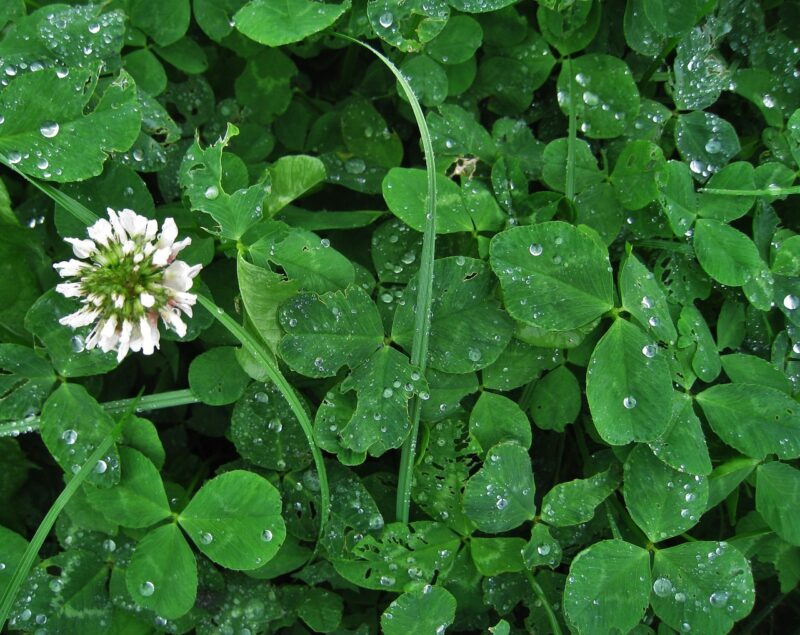
White clover is a common ground cover in many gardens. It not only provides a beautiful white flower in the summer but also fixes nitrogen into the soil. This can benefit strawberries by providing them with a natural nutrient source. Moreover, the dense mat created by white clover reduces weed competition and conserves soil moisture, promoting optimal growing conditions for strawberries.
Lupine
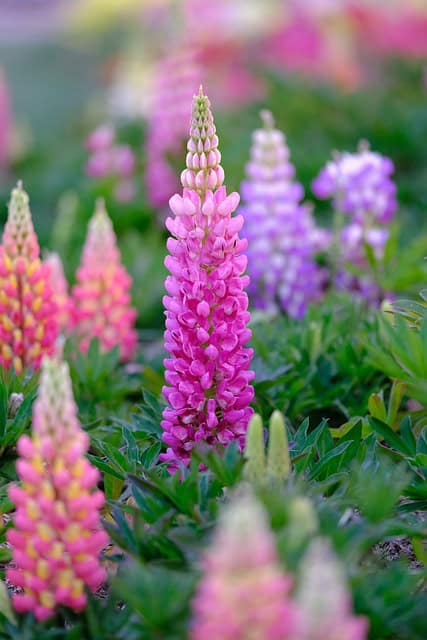
Lupine is an eye-catching flowering plant that does more than style your strawberry patch with its tall spikes of blue, purple, or white flowers. It is an effective nitrogen-fixer, enriching soil through symbiotic relationships with specific soil bacteria. This enhances the nutrient profile of the soil for strawberries while attracting pollinators, essential for a productive crop.
Nasturtium
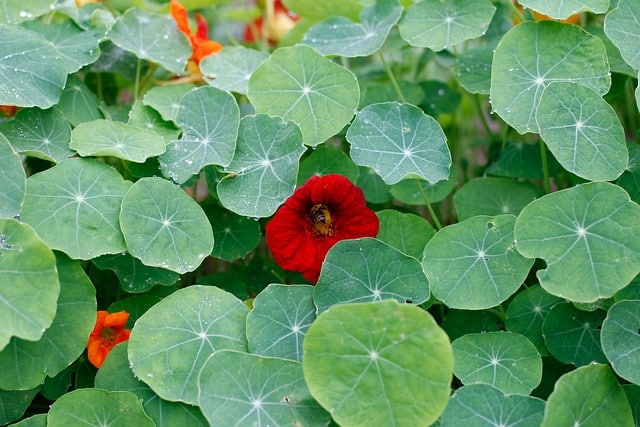
Nasturtium is not only edible, offering peppery leaves and vibrant flowers, but it is also incredibly beneficial for strawberries. This trailing plant can act as a trap crop, luring aphids away from strawberry plants. Moreover, nasturtiums repel certain pests through their pungent scent and naturally support pollinator populations, creating a healthy ecosystem around your strawberries.
Herb Strawberry Companions
Herbs are renowned for their multifarious uses in cooking, but they also play vital roles in the garden. When arranged strategically, herbs can deter pests, attract beneficial insects, and even enhance the flavors of nearby plants. Here are some exceptional herb companions for strawberries:
Dill
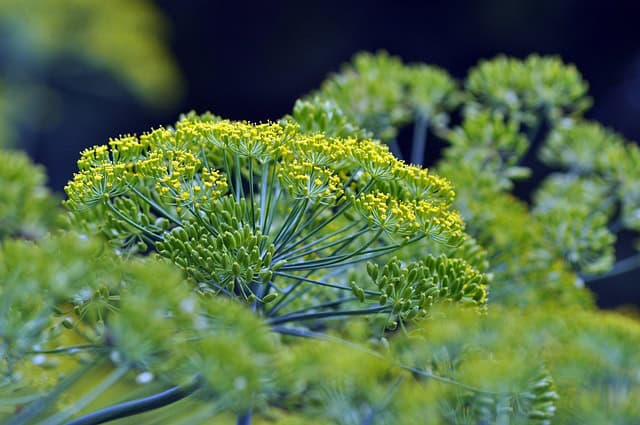
Dill not only serves as a culinary herb with its feathery fronds and seeds used in various dishes but also attracts beneficial insects such as lacewings and predatory wasps that help manage aphid populations. Dill’s presence near strawberries nourishes the soil and enhances the ecosystem, leading to healthier strawberry plants.
Coriander
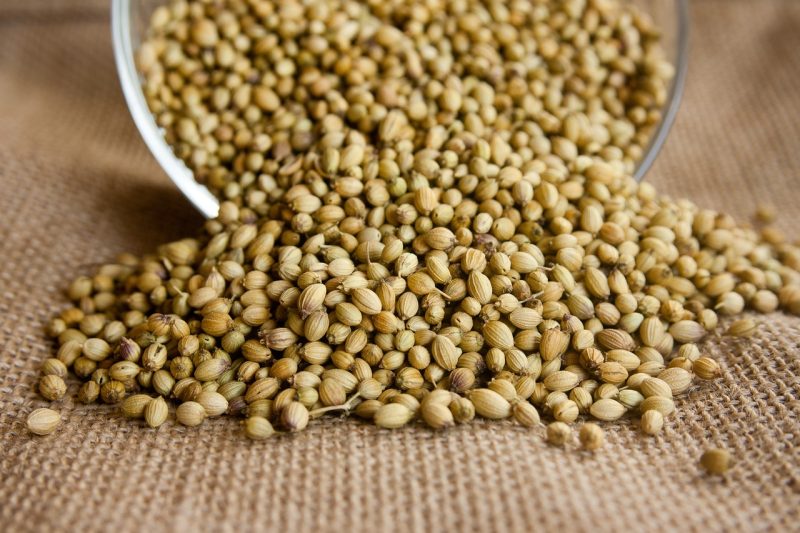
Coriander, also known as cilantro, is another remarkable companion for strawberries. It attracts predatory insects, such as hoverflies, which help control pest populations. Additionally, its lush foliage can provide partial shade for strawberries growing in hotter climates, creating a microclimate that reduces heat stress.
Mint
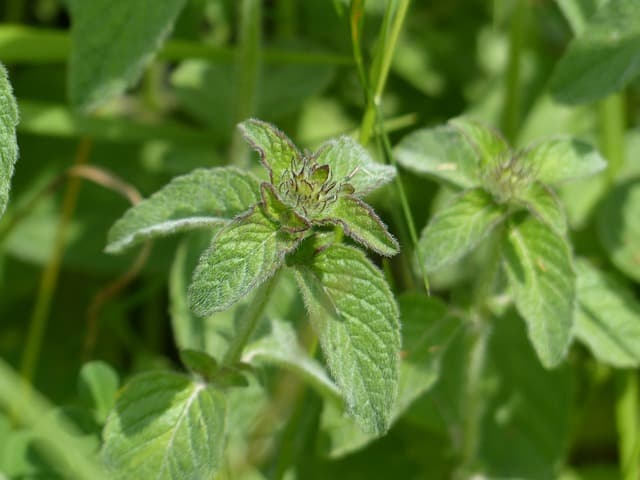
Mint is an aromatic herb with vigorous growth and distinct flavors. It releases a strong scent that disperses various pests, including aphids and spider mites. However, its invasiveness means it should ideally be grown in containers to prevent it from overtaking the strawberry patch. The combination of mint and strawberries can also elevate the culinary applications of your harvest.
Creeping Thyme
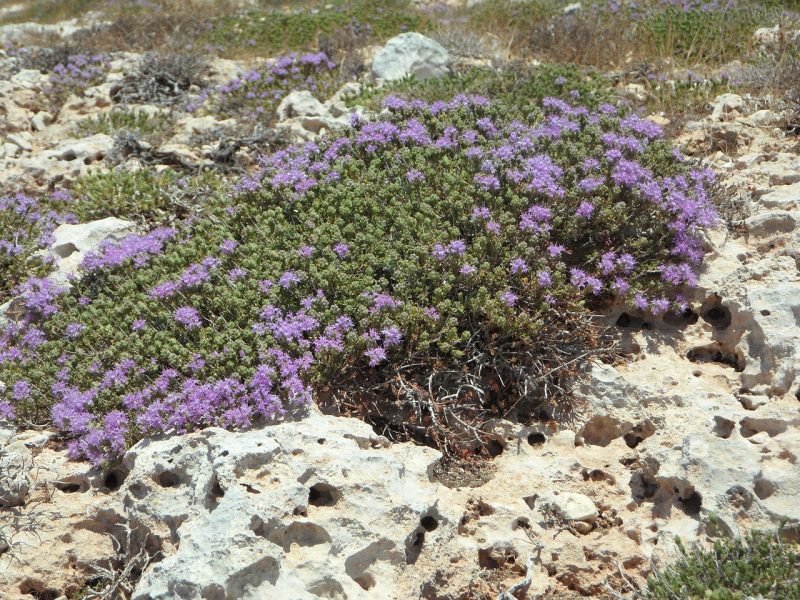
Creeping thyme is a low-growing herb that forms a soft mat, providing excellent ground cover that suppresses weeds and traps moisture in the soil. Its tiny purple flowers are attractive to pollinators, which ultimately benefits strawberry production. Moreover, the aroma released when stepped on can deter harmful insects.
Catnip
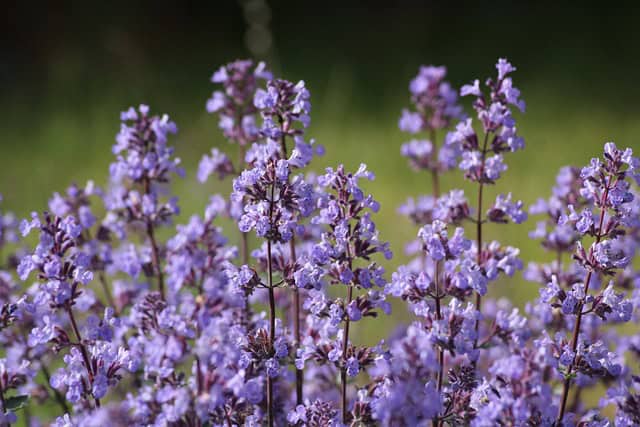
Catnip, well-known for attracting felines, is also a powerful pest deterrer in the garden, particularly against aphids and flea beetles. Planted alongside strawberries, catnip not only helps keep pests at bay but can also support pollinator populations due to its flowers, further benefiting strawberry yield.
Sage
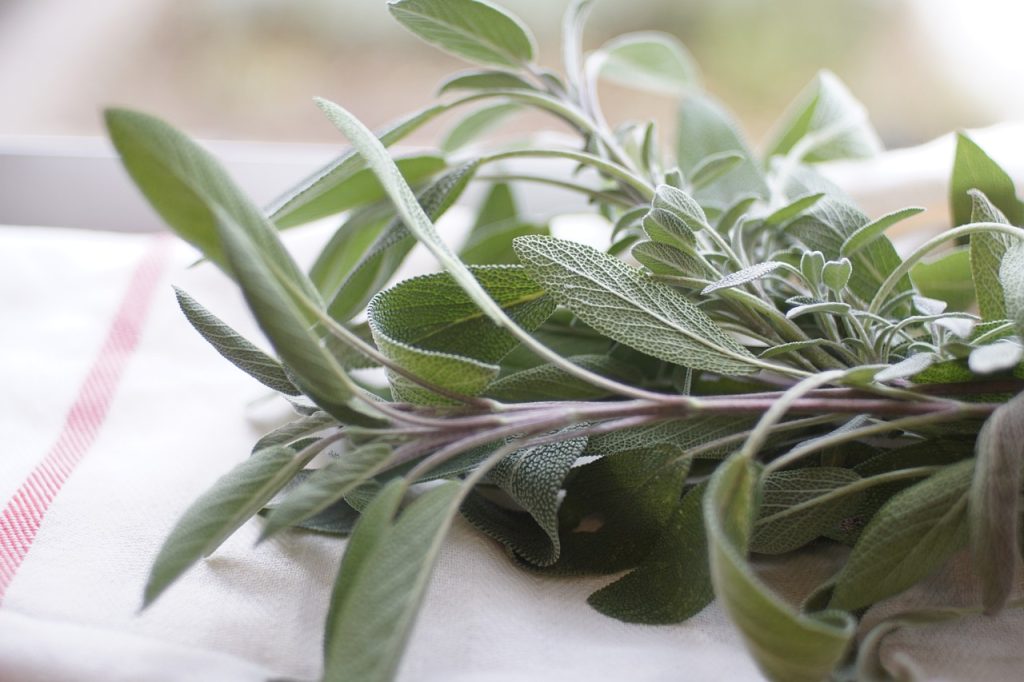
Sage is a drought-tolerant herb that emits a strong fragrance, effectively repelling various pests that could impact strawberries. Its woody structure provides a unique contrast to the succulent strawberry plants and enhances the culinary experience when paired with strawberries in recipes.
Caraway
Caraway is a biennial herb with a distinct flavor, known for its seeds used in various dishes. It attracts beneficial insects that help control aphids and other pests. Additionally, growing caraway near strawberries can improve soil health and nutrient availability, which is a boon for strawberry crops.
Basil
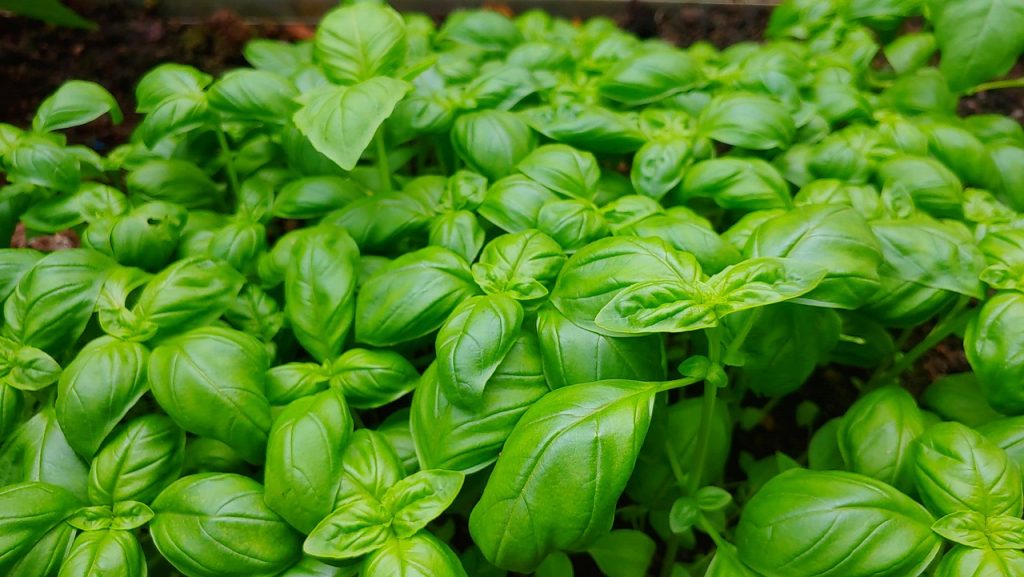
Basil is beloved for its versatility in dishes, but it also offers various benefits in the garden. It repels harmful insects and attracts pollinators, which enhances strawberry flower fertilization. Growing basil alongside strawberries creates a synergistic relationship that enhances flavor profiles in both plants.
Lemon Balm
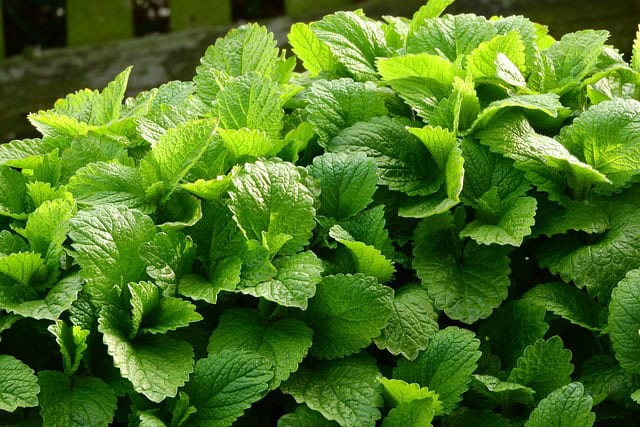
Lemon balm provides a lovely citrus scent that can deter pests while attracting beneficial insects. Its leafy growth habit can provide some shade to protect strawberries from the heat of the summer sun. Moreover, it is an edible plant that can be used for teas and culinary purposes.
Chives
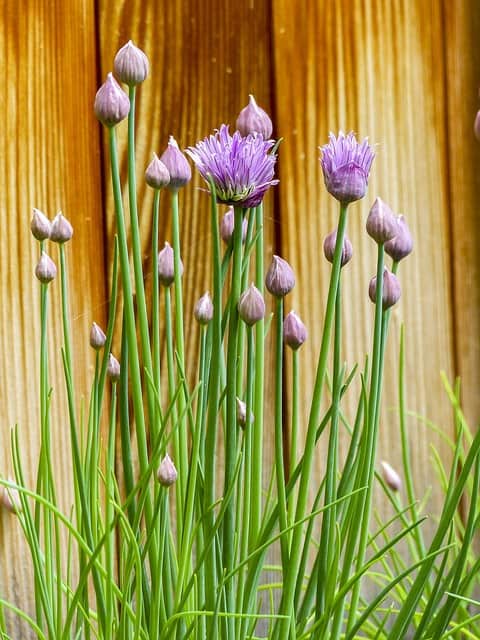
Chives are an excellent companion for strawberries, as their pungent aroma helps deter aphids and other garden pests. Additionally, chives provide a beautiful bloom in late spring, offering a striking contrast to the red berries. Their presence can enhance the overall aesthetic of the garden while also elevating the health of strawberry plants.
Tulsi (Holy Basil)
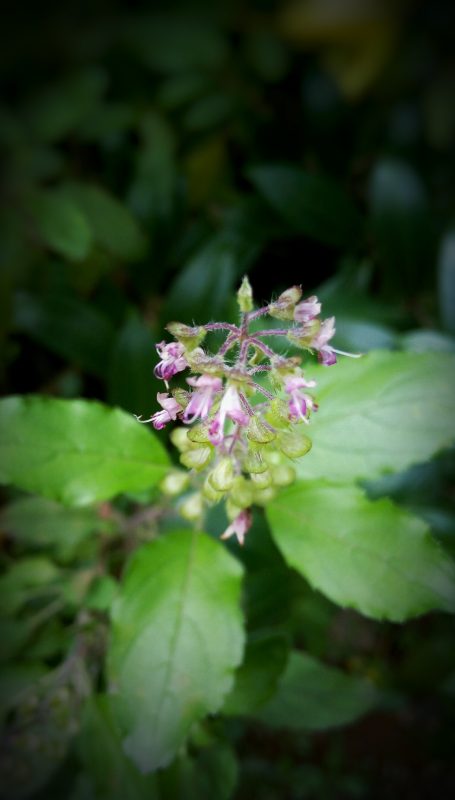
Tulsi is revered in many cultures not just for its health benefits but also for its ability to repel pests. It attracts beneficial insects such as bees and butterflies, which are essential for pollination. Having tulsi in proximity to strawberries not only supports the ecosystem but can also enhance the flavor of strawberries when used in recipes.
Vegetable Strawberry Companions
Companion planting is not limited to flowers and herbs; certain vegetables can also benefit from being planted near strawberries. These companions can facilitate better growth, improve soil health, or provide mutual pest deterrence. Let’s explore the best vegetable companions for strawberries:
Lettuce
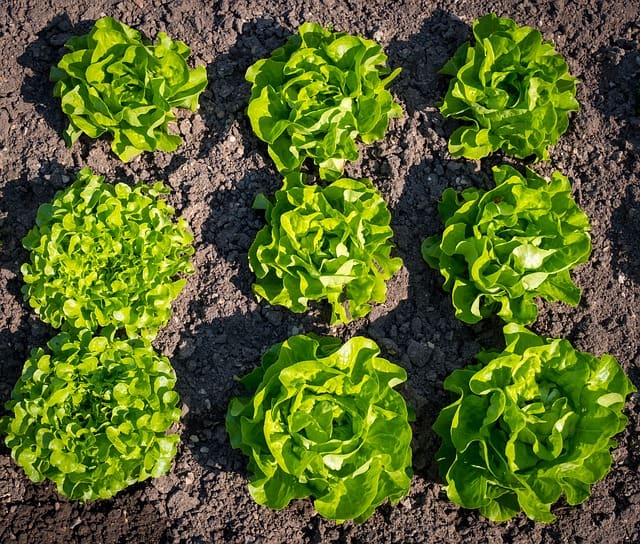
Lettuce is a fast-growing crop that can thrive in the shade of taller strawberry plants. Its shallow root system does not compete significantly with strawberries, allowing both to coexist without conflict. Furthermore, as a cool-season crop, lettuce can be harvested before strawberries reach their peak, providing you with an early garden bounty.
Spinach
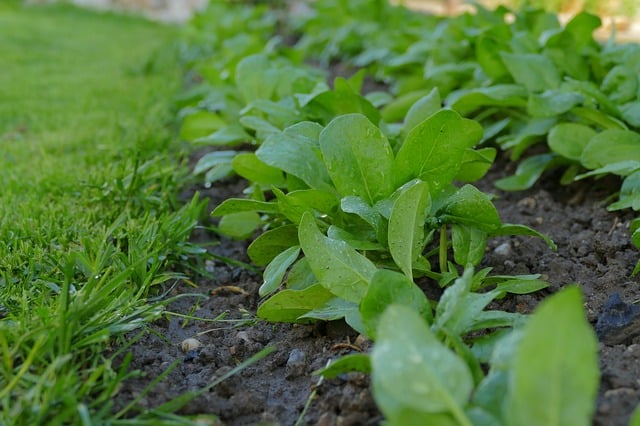
Like lettuce, spinach grows well in the same conditions as strawberries, benefiting from the same soil types. It can provide partial shade to the strawberry plants, helping to keep them cool during hot weather. Spinach has a rapid growth rate, allowing for a good harvest before strawberries are ready to be picked.
Garlic
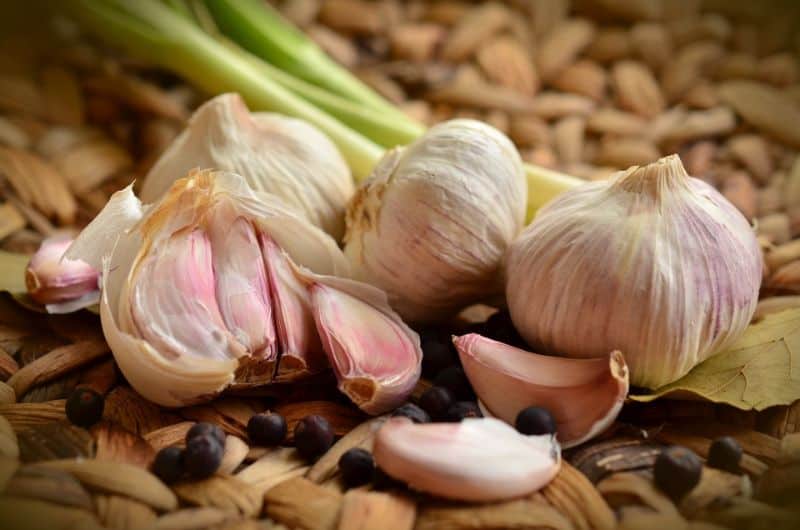
Garlic is valued in companion planting for its potent ability to deter pests. Its strong aroma can repel aphids, spider mites, and even rabbits. Placing garlic around strawberry plants not only promotes a healthier crop but can also add flavor to your culinary creations.
Scallions
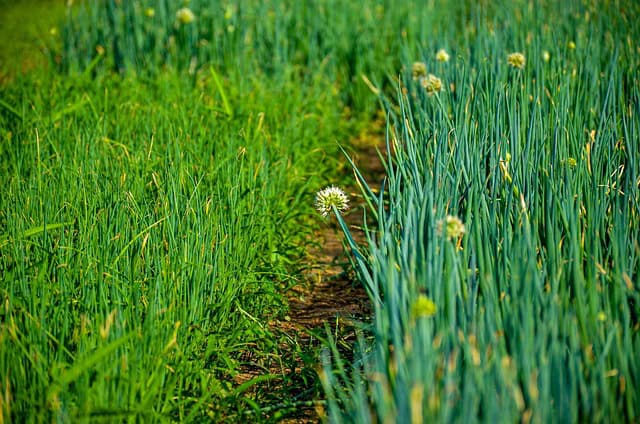
Scallions, like garlic, possess qualities that can confuse and deter pests. Their strong scent helps mask the smell of strawberry plants, making it less likely for pests to target them. Scallions also have a shallow root system that does not interfere with the strawberries, allowing for cooperative growth.
Rhubarb
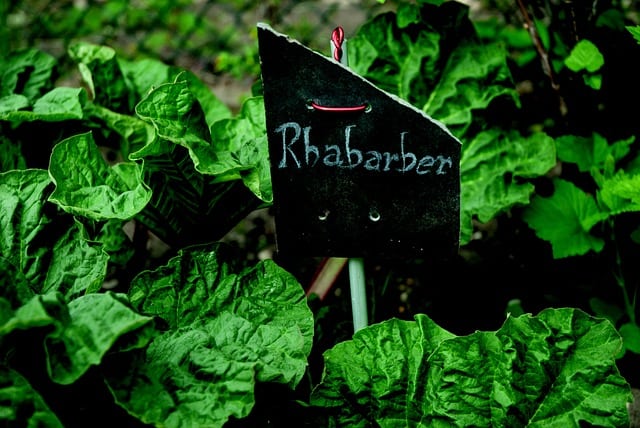
Though technically a vegetable, rhubarb is often treated as a fruit in the culinary world. The large leaves of rhubarb provide some necessary shade for strawberries in warmer climates, reducing heat stress on strawberry plants. Additionally, rhubarb’s growth can serve as a natural barrier against certain pests.
Broccoli
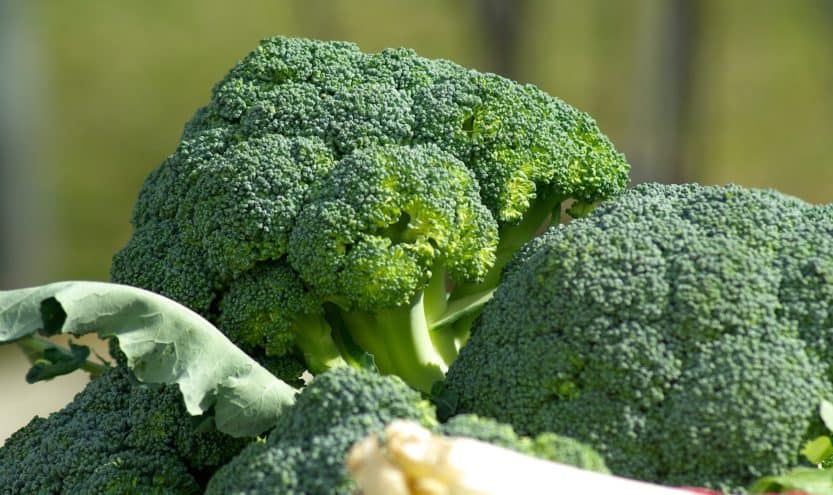
Broccoli and strawberries can complement each other in the garden with their unique growth habits. Broccoli, as a tall plant, creates vertical growth that can provide some necessary shade to the shorter strawberry plants. Furthermore, broccoli and strawberries have similar nutrient needs, allowing them to thrive alongside one another.
Bush Beans
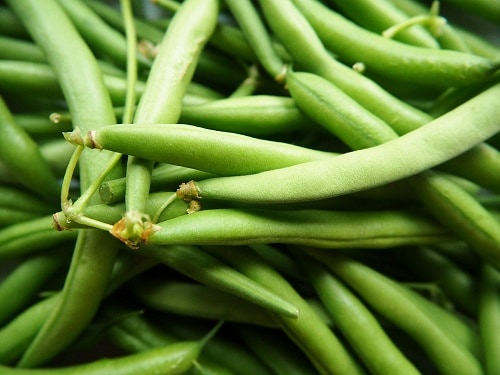
Bush beans are known for their ability to fix nitrogen in the soil, enhancing the nutrient availability for strawberries. Their growth habit provides ground cover that can suppress weeds, and the combined growth can create a biodiverse environment, promoting overall garden health.
Purslane
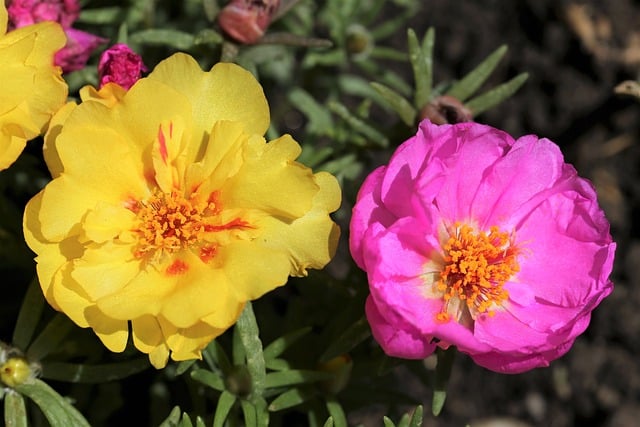
Purslane is a succulent that thrives in warm weather conditions, making it a suitable companion for strawberries. Its growth habit can suppress weeds effectively, and its presence can improve water retention in the soil. Additionally, purslane is edible, providing a unique flavor that complements strawberry dishes.
Radish
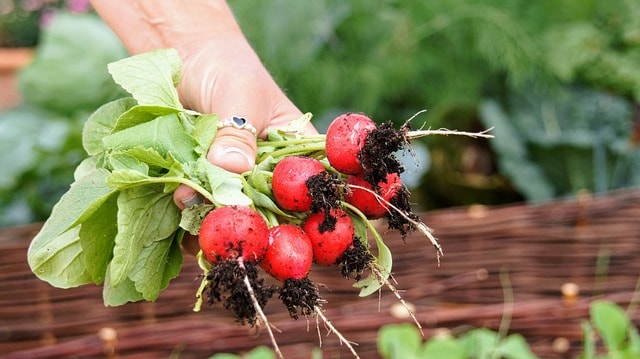
Radishes are quick-growing crops that can be sown alongside strawberries. They act as a trap crop, drawing in pests that may harm the berries while helping to break up compacted soil. Additionally, radishes’ roots can improve soil aeration, benefiting the neighboring strawberry plants.
Asparagus
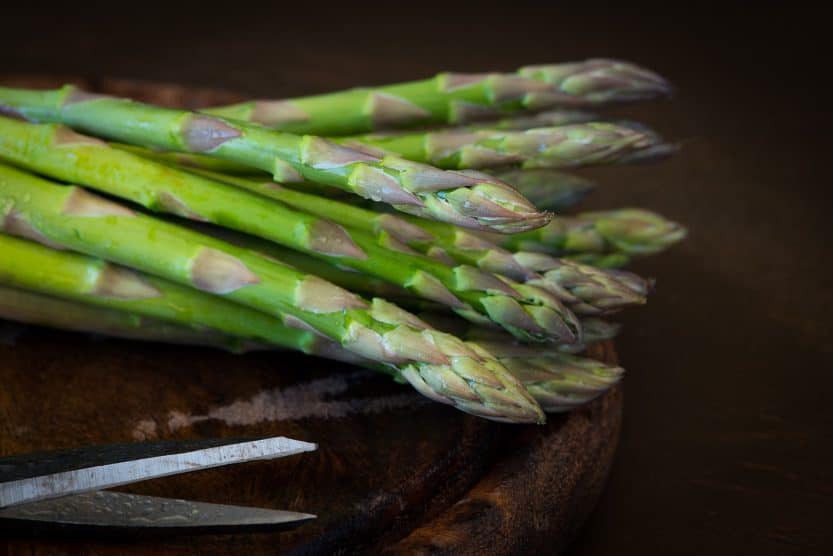
Asparagus is a perennial vegetable that can share space with strawberries. Its tall growth provides some shading, protecting strawberries from excessive sunlight. Both plants complement one another’s nutrient needs, creating a harmonious planting system. However, it is essential to note that asparagus takes several years to reach maturity, so this will primarily benefit gardens that are established for the long term.
Carrots
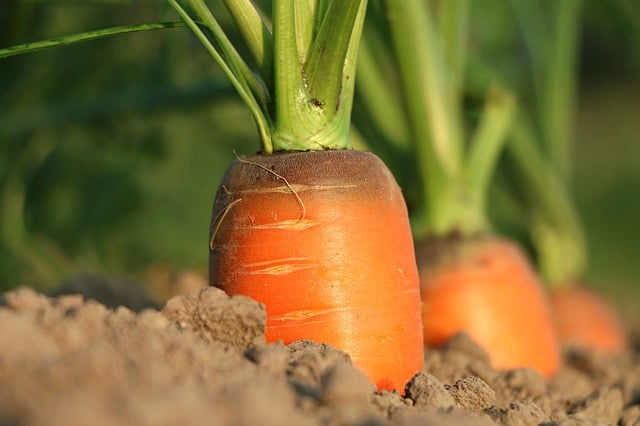
Carrots have a deep taproot that penetrates the soil effectively, fostering aeration and allowing strawberries to access nutrients at different soil levels. They do not compete heavily for surface nutrients and can succeed together, making for a beneficial planting arrangement.
Beets
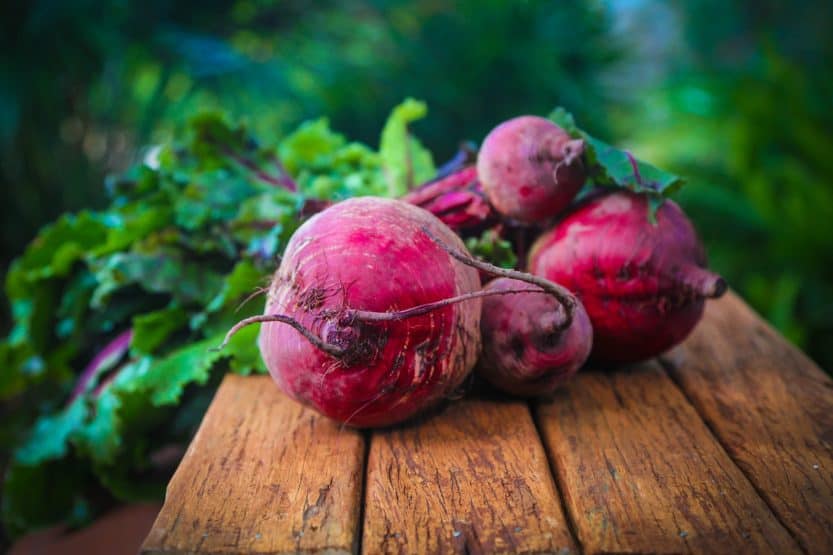
Beets complement strawberries well due to their slow growth nature. They share similar soil requirements and will not disturb the roots of strawberry plants. The combination increases diversity in the garden and can lead to mutual benefits in pest control and soil health.
Don’t Plant These With Strawberries
While understanding companion plants is crucial for maximizing strawberry yields, it is equally vital to recognize which plants should not be placed alongside strawberries. These specified plants can hinder strawberry growth or attract pests that may lead to disease and decreased fruit production:
Sunflowers
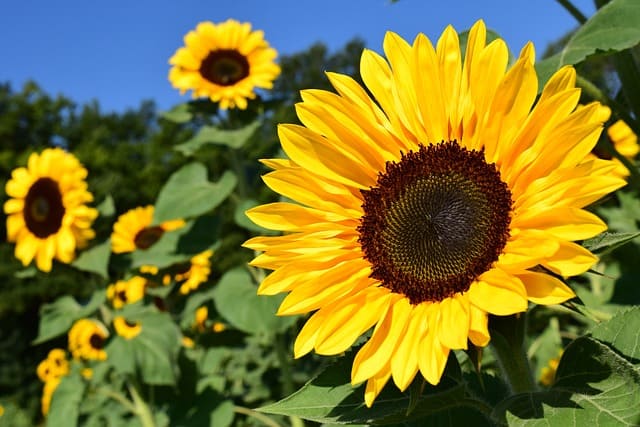
Although striking and bright, sunflowers can be problematic neighbors for strawberry plants. They release allelopathic chemicals that may inhibit the growth of nearby plants, including strawberries. Additionally, large sunflowers can shade the strawberry plants, impacting their growth.
Corn
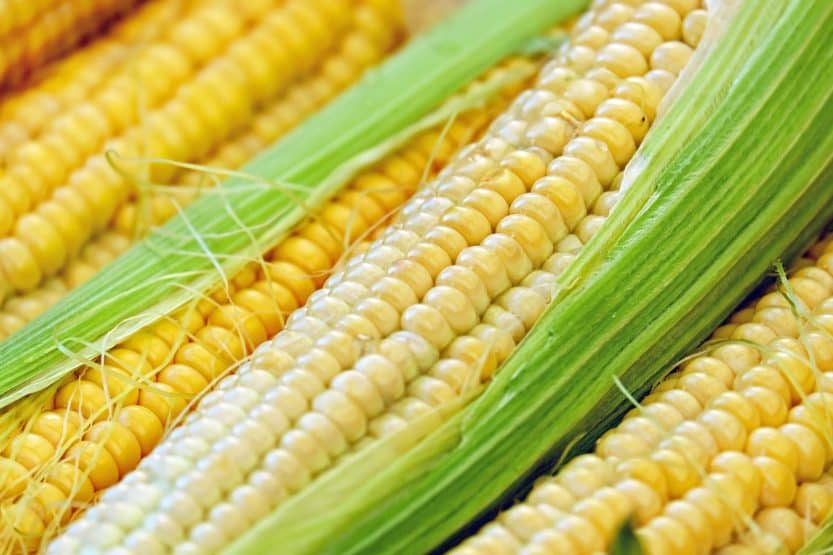
Corn is a tall crop that competes for sunlight and can overshadow strawberry plants, especially in smaller gardens. Furthermore, corn can attract pests such as the corn earworm, which can also target strawberries, creating unnecessary challenges for strawberry growers.
Fennel
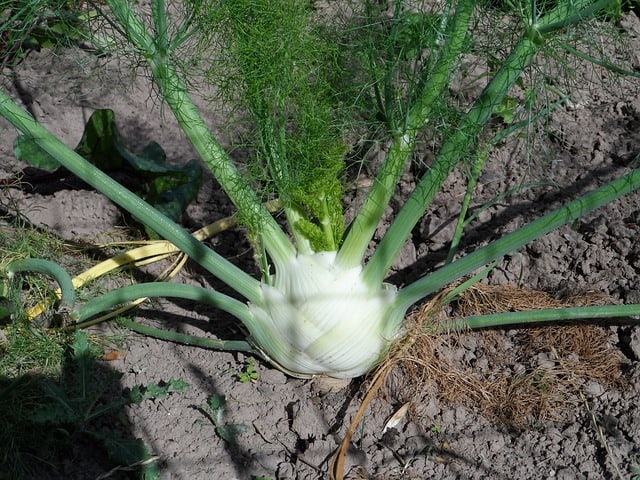
Fennel is known for its potent allelopathic properties, meaning it can negatively impact the growth of strawberries alongside its strong scent. Additionally, fennel attracts pests that may be harmful to strawberries. It is best to avoid planting fennel in proximity to your strawberry patch.
Melons
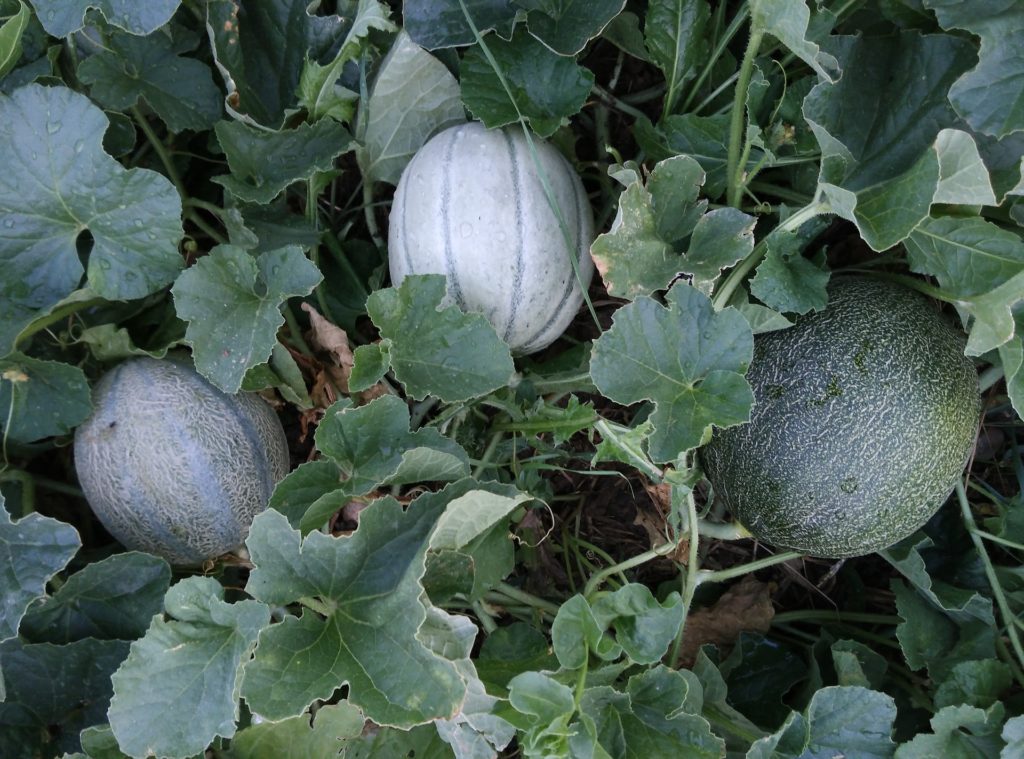
Melons typically require considerable space and can inhibit strawberry growth by competing for nutrients and water. Their sprawling growth habit can also shade strawberries, limiting their sunlight exposure, ultimately leading to reduced yields.
Potatoes
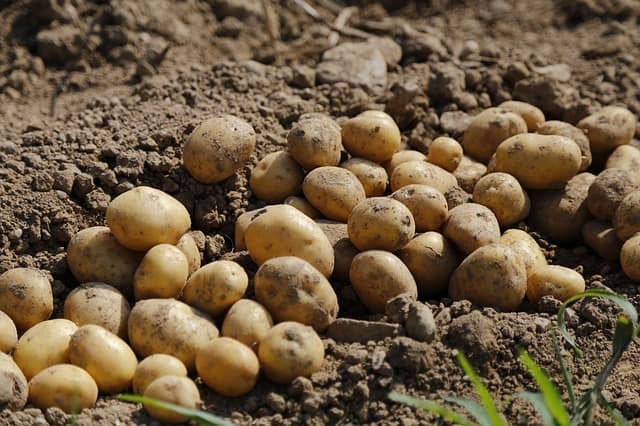
Potatoes and strawberries share similar pest challenges and planting them together increases the risk of disease transmission. Specifically, both are susceptible to nematodes, and planting them jointly can create a perfect environment for these pests to flourish.
Tomatoes
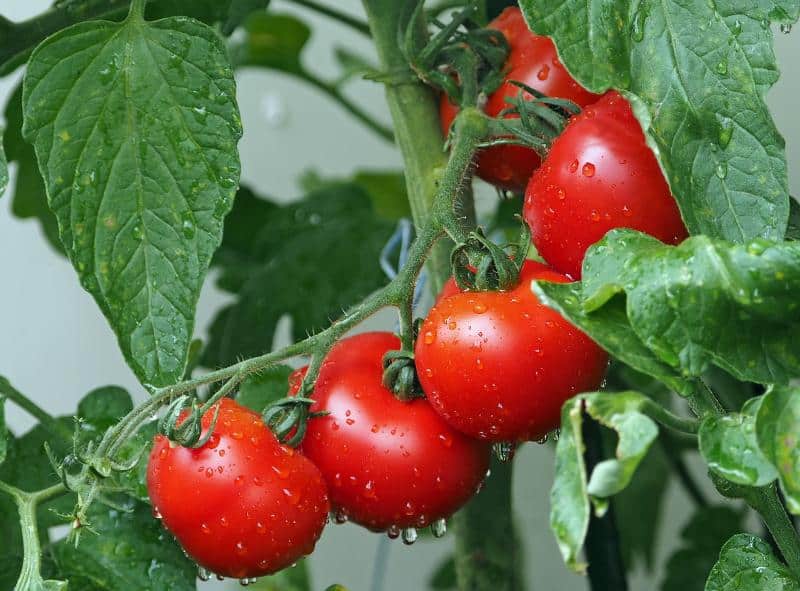
Tomatoes and strawberries are not compatible companions, as both can be susceptible to the same diseases and pests, including root rot and aphids. Planting these crops together can create a situation ripe for infestations that may decimate an entire crop.
Roses
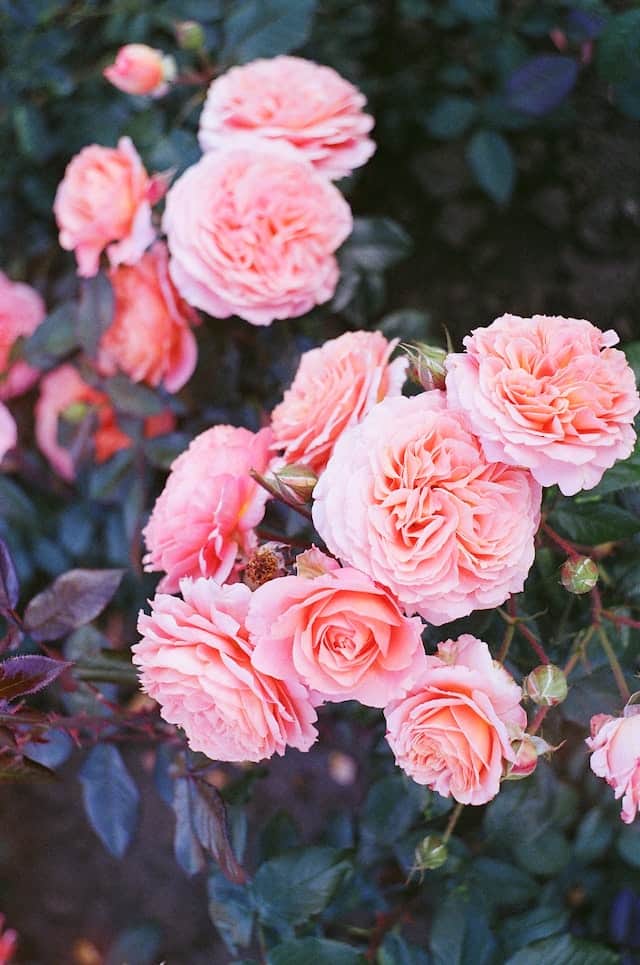
Roses are also not advisable companions for strawberries. They share many of the same pest problems, especially aphids and powdery mildew. The competition for nutrients and water can become pronounced when these two are grown together in the same space.
Conclusion
Companion planting is a potent strategy in cultivating a successful strawberry garden. By maximizing the benefits of different plants—whether they are flowers, herbs, or vegetables—gardeners can enhance strawberry growth, improve pest resilience, and optimize soil health. While some plants offer excellent companionship, others can have detrimental effects that can compromise entire crops.


